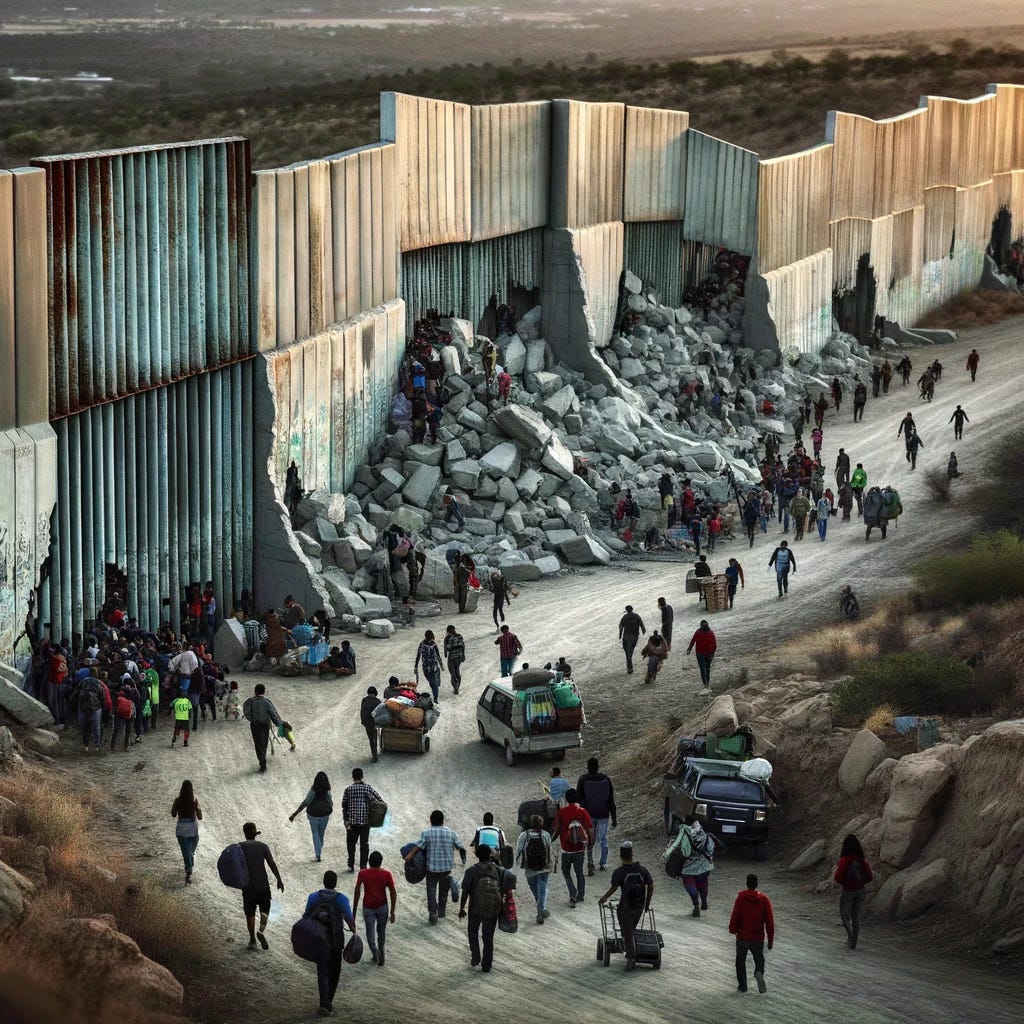Zero-Day Wars
Due to a collapse in national security decision-making, the US is now vulnerable to a Zero-day war. Here's what this means.
In a Zero-day war, you have already lost the moment the war starts.
A decade ago, while doing some writing and thinking for the CJCS (Chairman of the Joint Chiefs of Staff), I came up with the concept of the Zero-day war. The Zero-day war concept leveraged my earlier work on Global Guerrillas (see my book “Brave New War” for more). It combines;
infiltration (deep penetration of an enemy’s territory, systems, and society),
technological leverage (leveraging and modifying commercially available technology to super-empower small groups/individuals), and
amplification from systems disruption (the ability to easily disrupt large, tightly coupled, and interconnected networks through small attacks, causing cascades of chaos)
to completely overwhelm an adversary for a short period (a couple of days or weeks) by catastrophically disrupting the complex and tightly interconnected networks (energy, transportation, communications, etc.) a modern society is completely and utterly dependent upon.
How it is used
The disruption generated by Zero-day wars isn’t sufficient in and of itself to achieve a complete victory over an adversary. They are used to:
Incapacitate an enemy to make it vulnerable to a conventional invasion that will achieve a complete victory.
Decisively delay an enemy’s ability to mobilize in response to maneuvers, actions, or invasions taken against other foes (by the time they do, it’s over).
Force an enemy to overreact (see last month’s report: The Tactics of Mistake) in ways that will critically damage them.
Let’s dig into some of the mechanics used.
Infiltration
The first step to a Zero-day war is a profound penetration of the target country by a small number of infiltrators, bypassing defenses and security precautions. For best effect, this is done slowly and with care to minimize detection. There are three types of infiltrations:
People. Individuals and small teams enter the target country, spread out, embed themselves, and prepare for the event. The tasks required to prepare for an attack would disaggregated and commercialized to reduce exposure. We are now acutely vulnerable to this.
Drones/AI. Advanced drones (air, sea, and underwater) would travel (slowly to avoid detection), bury themselves in a defensible area, intelligently gather information and adapt, and wait (potentially for years). We’re not quite there yet with this tech, but we’re close.
Software/AI. Logical weapons would drift over the internet (with or without active help), propagating themselves and infiltrating systems (think Stuxnet). They would deeply embed themselves in systems of interest (SCADA systems controlling electricity grids, etc.) and await activation. This could take years.
Technological Leverage
Zero-day wars rely upon technological leverage from three sources:
Dual-use technology.
Weaponized commercial technology.
Machine Intelligence (increasingly).
Systems Disruption
A Zero-day war uses the amplification gained by disrupting systems to achieve outsized results.
Small disruptive attacks on critical points (systempunkt) in large, interconnected systems can create cascades of failure that can topple an extensive network and the networks dependent upon them.
If the attack is done correctly, reconstituting these networks (the networks that modern life entirely depends on) can take weeks, creating chaos.
Due to the leverage provided by systems disruption, attacks on systempunkts can generate disruption worth millions of times more than the cost of the attack itself.
By disrupting systems, Zero-day wars leverage all three dimensions of warfare (Boyd);


